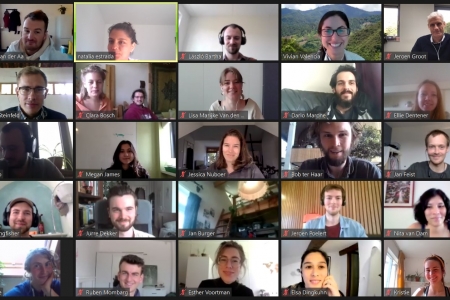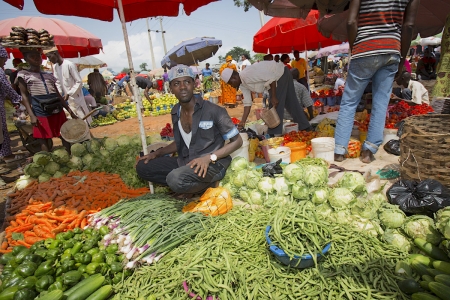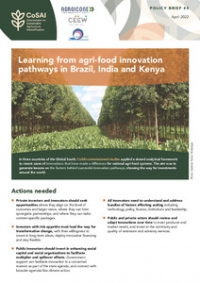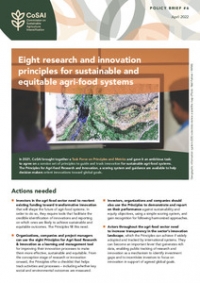The objective of this project is to develop an indicator system to monitor and evaluate river health in the Mekong River Basin (MRB), and demonstrate its application in a selected catchment—the Songkhram (Thailand). River Health Indicators (RHIs) (and corresponding health assessments) in the MRB, and especially the study area, have traditionally been centred on river water quality parameters. Other drivers of river health, such as catchment disturbance, hydrological changes, riparian habitat conditions, etc. must, however, be taken into consideration in developing a RHI system to paint a complete picture of river health conditions. The proposed project, thus, seeks to plug existing gaps by developing a holistic indicator system, using a systems-based approach, at two scales - catchment, and community - capable of addressing a variety of dimensions (components) of river health in the MRB. A key aspect of the proposed project endeavours to involve and engage local communities to monitor river health (which is currently not the case) in order to build consensus around the activity and ownership around the results, so that they have a voice in subsequent river health decisions. The project implementation will involve two broad work packages, with the support of two partners - the Thai Water Partnership (TWP), and the Pollution Control Department (PCD) of Thailand’s Ministry of Natural Resources and Environment (MONRE). The first of these is aimed at developing a holistic indicator system, at different spatial scales, using the Driving forces ‒ Pressures ‒ State ‒ Impact ‒ Response (DPSIR) framework to contextualize prominent driving forces of river health, and multi-dimensional scaling techniques and other statistical tools to arrive at specific, measurable, assignable, realistic, and time-bound (SMART) indicators. The second work package will involve activities to implement the indicator system for monitoring the Songkran’s river health, which will, amongst others, include primary and secondary data collection and analysis; establishing a community-based monitoring system; and capacity building exercises for communities to monitor river health. The community-based monitoring system will then be evaluated to look for means of improvement/fine-tuning. A cross-cutting work package will focus on garnering community involvement, especially women, throughout the duration of the project: i.e. from the development of the indicator system to carrying out activities to improve the river health (if found wanting). This will be primarily be done through stakeholder meetings, fora, and focus group discussions. It is expected that the primary project output will be an innovative indicator system for monitoring river health, which will include dimensions of river health hitherto not considered (described earlier), and which will be used by the government agencies, with support from communities.
menu


















